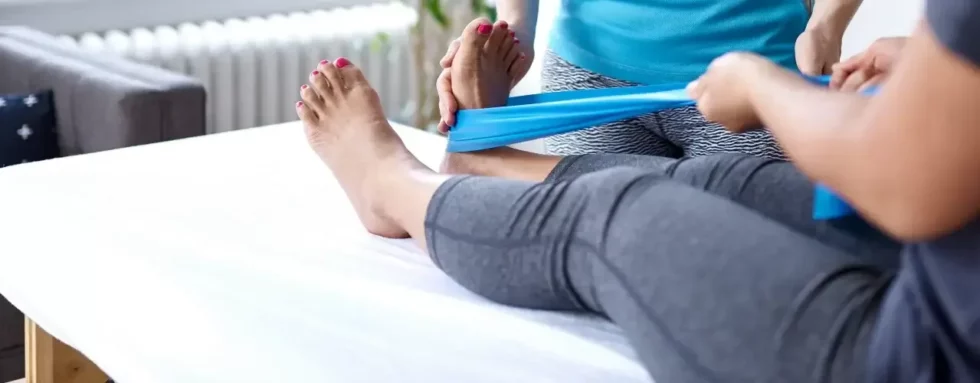Athletes often face challenges that go beyond competition. These include the physical toll sports can take on their feet and ankles. Certain activities pose a higher risk of injury in these areas, often requiring the expertise of a podiatrist to diagnose and treat. This article examines which sports are more likely to cause foot and ankle issues, helps readers understand the risks, and provides guidance on when to seek a podiatrist’s care.
Are Court Games Riskier Sports?
Court sports, such as basketball, tennis, and volleyball, involve quick changes in direction, jumping, and constant movement. These activities often strain the foot and ankle structures, making injuries more common. The movements required in these games can place significant stress on ligaments, tendons, and joints.
Basketball is associated with a notable frequency of ankle sprains due to the high levels of jumping and landing. Tennis players may encounter similar challenges due to the side-to-side movements necessary to chase the ball. A podiatrist can provide valuable advice on proper footwear and injury prevention strategies, helping to reduce the likelihood of injuries. Some risk remains due to the nature of these sports.
Do Contact Sports Raise Risk?
Contact sports such as football, soccer, and rugby are high-intensity activities that involve frequent physical collisions, rapid movements, and impacts. These dynamics significantly increase the risk of foot and ankle injuries, making lower extremity injuries a common challenge for athletes.
Common foot and ankle injuries in contact sports include:
- Ankle Sprains: Caused by sudden stops, changes in direction, or awkward landings. These are often seen in soccer and football.
- Fractures: Result from high-impact collisions or tackles, leading to broken bones in the foot or ankle.
- Tendon Injuries: Overuse or sudden movements can strain or tear tendons, especially in fast-paced sports.
- Bruising and Contusions: Direct impacts during tackles or collisions frequently cause bruises on the lower extremities.
While protective gear and regular training can help reduce the risk, the physical and unpredictable nature of these sports means injuries remain an inherent part of the game. Athletes should focus on proper conditioning, technique, and recovery strategies to stay as safe as possible.
Are Youth Athletes More Vulnerable?
Young athletes participate in sports during a pivotal stage of physical development, where their bones, muscles, and ligaments are still growing. This makes them more susceptible to foot and ankle injuries during periods of rapid growth and intense physical activity. Here are some key factors for reducing the risk of injuries in youth sports:
- Warm-ups and stretching: Proper warm-up routines help prepare muscles and joints for activity, reducing the likelihood of strains.
- Rest periods: Regular breaks give the body time to recover and prevent overuse injuries caused by repetitive motions.
- Balanced training: Avoid overloading young athletes with excessive practice or focusing on one sport year-round. This can lead to burnout and an increased risk of injury.
- Supportive footwear: Well-fitted, sport-specific shoes can help protect the feet and ankles during high-impact activities.
- Open communication: Encouraging athletes to speak up about pain or discomfort enables early intervention and prevents minor issues from escalating.
By focusing on these preventive measures, coaches, parents, and trainers can help young athletes stay healthy and enjoy their sports safely, enabling them to build confidence and resilience both on and off the field.
Consult a Podiatrist
Foot and ankle injuries are common among athletes, but a podiatrist can help manage these risks effectively. By assessing individual needs and providing guidance on maintaining foot health, a specialist plays a key role in preventing injuries. Addressing discomfort early can help avoid worsening issues and allow long-term performance. Consult a podiatrist today to support your athletic goals.
- Pedrovazpaulo Wealth Investment: Unlocking Financial Freedom Through Innovative Strategies
- EO Pis: A Comprehensive Guide to Environmental Objectives and Performance Indicators
- Premiumindo69: The Future of Digital Entertainment
- Macadamia Nut Milk: Health Benefits, Recipes, and Why It’s the Perfect Dairy-Free Alternative
- Hentquz: The Future of Productivity and Collaboration


